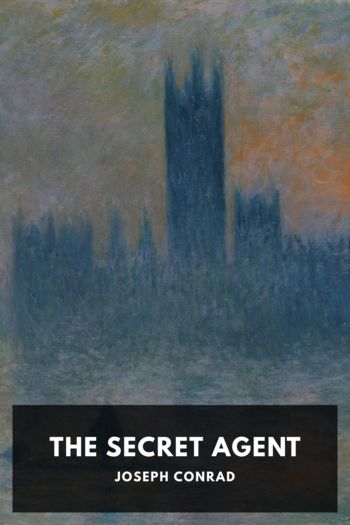Hidden History: Lost Civilizations, Secret Knowledge, and Ancient Mysteries Brian Haughton (an ebook reader .txt) 📖

- Author: Brian Haughton
Book online «Hidden History: Lost Civilizations, Secret Knowledge, and Ancient Mysteries Brian Haughton (an ebook reader .txt) 📖». Author Brian Haughton
That the lines were constructed by the Nazcans for a ritual purpose is now considered the best explanation. As the Nazca Desert only receives about half an inch of rainfall per year, some researchers have proposed that the lines are pathways connecting shrines which would have been walked-perhaps by priests-in a ceremony that included praying or dancing for rain. Anthony Aveni believes the lines were created as sacred pathways, maintained by local kin groups, and connected with the ritual acquisition of water. Aveni's research has shown that many of the
Nazca Lines are located close to watercourses, and in many cases seem to follow the direction of the water. Perhaps part of the function of the lines was to point to sources of water?
An idea linked to the religious road theory was proposed by English explorer and filmmaker Tony Morrison. Morrison carried out extensive research into the ancient folkways of the Nazca people and found a tradition of wayside shrines, often merely a pile of stones, linked together by straight lines. Morrison believes that the Nazca lines represent huge versions of these folkways along which Shamans would walk on a "voyage of the soul." Shamans were members of a tribe who acted as mediums between the visible world and the invisible spirit world, and were prominent in most Native American societies. Perhaps when the Shamans walked along the lines of the animal glyphs, they were attempting to put themselves in touch with potent animal spirits. On behalf of the tribe, the Shaman would (in an altered state of consciousness) make personal contact with the supernatural powers contained within the glyphs and attempt to utilize their energy, perhaps to bring rainfall, or perhaps for a purpose we could never even begin to understand. The experience of Shamans usually involved some sort of flight, so Erich von Daniken may in fact have been partly right when he proposed that the glyphs were designed to be seen from the air. However, there is no need for alien visitors; the motivation for the creation of the Nazca lines was connected with the mountain spirits of the Nazcans high up in the misty Andes, their gods dwelling in the sky, and the mystical flights of their Shamans.
the Piri Reis Map
The Piri Reis map, one of the oldest known surviving maps showing the Americas, first came to light in 1929, when historians working in the Topkapi Palace in Istanbul discovered it in a pile of rubble. It is currently located in the Library of the Topkapi Palace, though it is not usually on display to the public. The map dates to the year 1513 and was drawn on gazelle skin by an admiral in the Ottoman Turkish fleet named Piri Reis. It includes a web of criss-crossing lines, known as rhumb lines, common on late medieval mariner's charts, and thought to have been used in plotting out a course. Close examination of the document has shown that it was originally a map of the whole world, but was torn into pieces at some time in its history.
The Piri Reis Map.
The map itself is known as a portolan chart, a type common in the 14th to 16th centuries. Such charts were drawn up to guide navigators
from port to port, but were not reliable for sailing across an ocean, as they did not consider the Earth's curvature. Such an early map showing America is obviously of considerable historical interest, but some would argue that its importance lies not merely in its depiction of the Americas. In his book Maps of the Ancient Sea Kings first published in 1966, Charles Hapgood, a historian and geographer at the University of New Hampshire, put forward the theory that the landmass joined to the southern part of South America at the bottom of the map can only be a depiction of Antarctica, hundreds of years before





Comments (0)